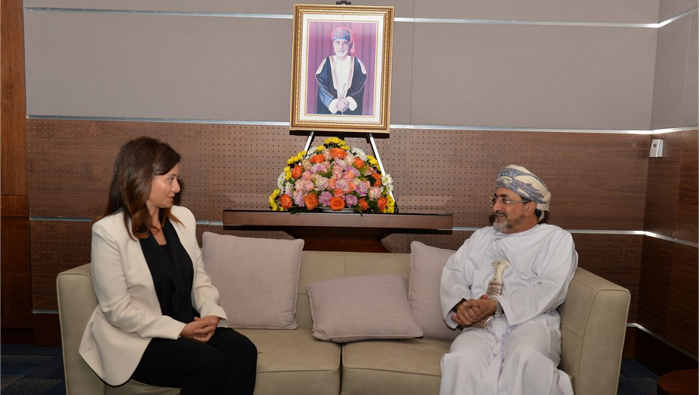
Muscat: Residents of a nation must be taught the value of heritage and cultural sites, so that they can learn to preserve them for future generations, said senior cultural and tourism officials from both Oman and abroad.
The officials who have gathered in Muscat for the second UNWTO and UNESCO World Conference on Tourism and Culture further noted that only if locals knew their value could tourists be expected to show the same amount of respect for these sites.
With the focus of this year’s conference centring on sustainable development of tourism, Dr Isam Al Rawas, Vice President of Oman’s General Authority for Craft Industries, stressed the importance of involving people to actively contribute towards tourism, whether they were craftsmen, artisans, or stonemasons, because each one of them form an integral part of the country’s cultural fabric.
“Oman is one of the first countries in the world to set up a ministry dedicated to the preservation of heritage and national identity,” he explained.
“Over the last 47 years, we have managed to preserve our identity, and this is not possible in some countries where modernity has taken over identity. All that Oman practises in its daily life, in terms of clothing, character and art, is linked to its heritage, identity and national culture.
“To promote handicrafts, Oman has established a special authority for handicraft industries to preserve these crafts,” added Al Rawas. “The state does not earn from this expenditure, because it is interested in preserving these crafts in the first degree. In terms of heritage tourism, the state financially supports youth projects that are concerned with preserving the Omani heritage.
“Oman has also established a centre for musical arts, which is interested in recording all the arts practised in Oman, such as folk dances and musical arts,” he said.
Al Rawas’ comments were echoed by several other leading experts in the field of human development and sustainable tourism.
Zeray Alemseged, professor of anthropology at the University of Chicago, who was also present at the conference, elaborated, “Communities must not only be consulted, but they are the primary actors in conservation. If you are not educating, if you are not communicating, and if you are not training local people in these areas, we cannot even enter places of heritage and culture.
“When we look at the heritage in any country, we are conserving heritage that belongs to humanity — the seven billion people in the world. Tourism is an inherently human behaviour. We are not reinventing the wheel, it is about creating a context for how we can foster and boost tourism activities in a particular place, and we have to be very creative,” he reiterated.
Rogers Martin Espinoza, Peru’s Vice Minister for Tourism, also emphasised putting people first.
“Communities realise that if you do not offer something, you are not going to be part of the business. This is about getting to know who the travellers are,” he remarked. “I believe that the most important thing to share is who we are, and this is culture.
“We need to have modern management systems of conservation so that life and culture can continue, and we can educate our visitors and tell them why we decided to conserve this heritage area,” added Espinoza.
Also present at the conference was Pansy Ho, Secretary General of the Global Tourism Economy Forum. Having been tasked with the promotion of Macau as a tourist destination, she is well versed in integrating the local community with the tourism scope of the location.
“Heritage is being passed down to every generation, and new values and ideas will be instilled,” she revealed.
“The idea is to capture the young people today, because they are the new stakeholders. The community plays a very important role, because they never stopped going about their lives, despite living close to heritage centres.
“The community takes a lot of pride in preserving such a unique past,” added Ho. “The importance of public-private partnership is very important to show how to bring about harmonious coexistence, not just in tourism but across all major structures.”